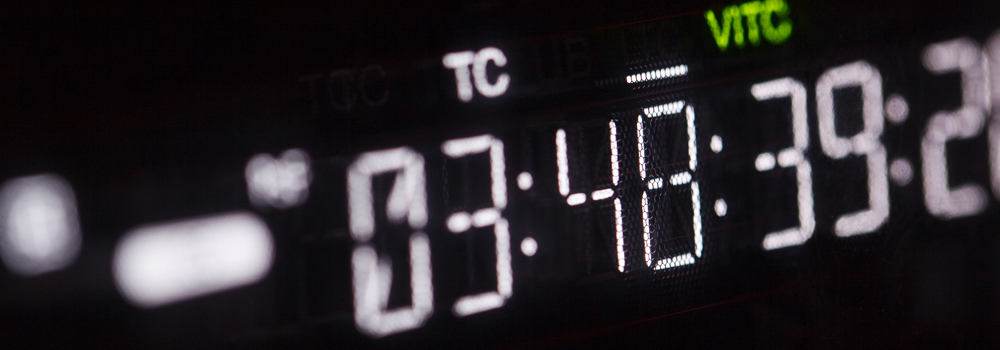What is the binary numeral system? Where and why is it used? How to represent numbers using binary system? Is there a system that has lower base than it and why is it not used by computers? What will be the difference that can be noticed in our daily life and in our society if decimal system is replaced by binary numeral system? These are the questions that will be answered.
The binary system is a base two numbers system, which means that two unique characters are used to denote the entire set of numbers. The computers use binary system to perform various tasks; use switches to store and process data. These switches have two states – ‘on’ and ‘off’, each giving one bit of information. Here, the ‘off’ position signifies zero, and the ‘on’ position signifies one. Large numbers can be represented with the collection of these bits. This system uses two distinct digits, so less equipments are needed. This also means that the chances of error get reduced.
In the binary numeral system, we consider the digit if it is 1 (one), ignore if it is 0 (zero). In binary system the value of the place is equal to 2n, where n is the place number, and the value of n increased from right to left. For example, the number 5 (five) in the Decimal Number System becomes 101 (as 5 = 22 + 20 = 4 + 1).
There is also a numeral system with only one base, called the unary numeral system. Only the number ‘1’ is used in this. For example, the number 5 (five) in the decimal numeral system is written as 11111 and the number 2 (two) in the decimal numeral system is written as 11. It is not used in computers as the computer uses switches which have two states, ‘on’ or ‘off’, as we already discussed above. If we want to convey a message in binary, each state will give a digit but when we use the unary numeral system we need two states to represent one digit. This means that there must be a change in the state to signify the addition of a digit. For the unary numeral system, more numbers digits need to be used. So if base 1 (one) system is used, then the efficiency will decrease.
Let us now see what the immediate changes will be in our lives if the decimal numeral system gets replaced by the binary one. First, there will be a lot of waste of resources because all the books with numbers in any form have to be reprinted. The amount of time it will take a human with n number of computer to translate all the numbers in the book will be around 1185 years (there are around 129,864,880 books and the median word count is 64531 which is 142.2 pages if all the text are in arial with 12 size and single spacing and if n number of computers are used to change every number within two seconds).
The currency notes will be needed to be reprinted as we use those in the decimal numeral system now. Apart from these, there will be huge effort for converting signages across streets and apartments. The phone numbers will have to be made greater as the combinations will decrease as there are only two digits. All this may become a many-years effort without giving any visible benefit except perhaps creating a big load of jobs to convert everything from decimal to binary!
To conclude, we need to remember that the binary numeral system exists now too along with the decimal system. The former resides in the domain of computing machines, but then it exists. Each time any computation that happens in machines, it converts decimals to binaries and reverts the output into decimals again for human consumption. Thus we do not need to go for binaries in our human-to-human dealings or economic frameworks.
